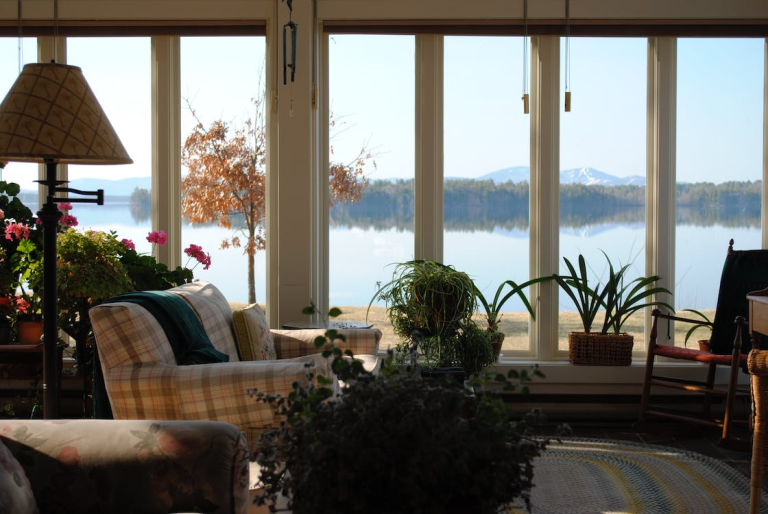A sunroom is a perfect solution for homes in need of sunlight. They are more cost-effective than conventional home attachments or extensions. They also offer bigger window space and bring in as much natural light as possible.
If you’re thinking of a sunroom addition for your home, consider the following ideas:
Home Sunrooms vs. Prefabricated Sunrooms
The building world is still hazy about the unconventionality of home sunrooms. However, they offer tremendous advantages that grant them the recognition they deserve.
Homeowners often build these structures with plumbing, electricity, foundation, joists, trusses, and lumber. They’re habitable; that’s why people know them as accessory dwelling units (ADUs).
They’re also contractor-driven projects that must conform to building codes. Designers consider sunrooms as bump-outs except for skylights and large windows.
On the opposite end of the scale are off-the-rack sunroom kits. These implements are less expensive, require minimal permits, and get constructed quickly. You can also build them as a do-it-yourself (DIY) project like framing a print. In some instances, these structures don’t need foundations. You can create them next to sturdy ground-level decks or concrete patios.
Sunrooms as House Bumpouts
Bumpouts are modest home expansions but aren’t actual rooms. They fall short of being full-on additions. They’re expensive multi-function, multi-room structures that add significant resale value to your property when surrounded by a fireplace.
This type of sunroom tends to be heavily fenestrated. Builders often use glass to make it. Plants may thrive here, too. Yet, their primary purpose is more for dwelling than gardening. If you mesh these two concepts, you get a hybrid room that puts a premium on relaxation and sunlight.
Often, this hybrid doesn’t come with bathrooms, kitchens, or sleeping quarters. Builders insulate the walls with 16 to 24-inch wood frames.
They blend well with the house and come with matching windows, roofing, paint, and siding styles. The only feature that makes them sunrooms are their enormous windows. These vast windows usually extend farther into your property than the rest of your home.
Sunroom Conservatories
If you’re a fan of Whodunit or the game Clue, conservatories will remind you of English mysteries, daggers, and candlesticks.
There are real-life conservatories, too. Most people have these spaces in mind when they think of sunrooms. They’re fenestrated, plant and sunlight-filled structures. These rooms are appropriate for people with green thumbs since they make plants thrive. Sunrooms like these are like greenhouses because they have glass walls and roofs.
The floor is hard-scape in concrete, natural stone, ceramic tile, or porcelain. These materials make cleaning after watering plants easy. If you decide to add furniture, go for metal, coated wood, or resin-made outdoor furniture. These materials can withstand the room’s humidity levels, which could easily ruin furniture fabric. There is also minimal furniture added.
This type of sunroom is ideal for dedicated gardeners. Unfortunately, the resale value of homes with this sunroom style is lower because they’re not habitable. Aside from that, not all prospective buyers are avid gardeners.
Back Porch Sunrooms
True to its name, back porch sunrooms are on a home’s porch. Its location is the only feature that distinguishes it from other sunroom types. It retains most of the building elements of a back porch.
The walls, ceiling, roof, and flooring are all similar. The windows are the only difference back porch sunrooms have from traditional back porches. Sunrooms have glass windows instead of screened or open ones.
Unfortunately, porches receive the worst types of damage from environmental elements. As such, they’re rarely build-ready. This is why it has to be new and in excellent condition before you convert it into a sunroom.
Study Your Options Before Making a Decision
Sunrooms will always make a great home addition. Choose the best to maximize your space, aesthetics, and resale value. You achieve this by knowing your options.
You can always seek expert advice if you have difficulty picking which one to add to your home. Sunrooms are expensive, so it’s only fitting that you take the time to choose one.

